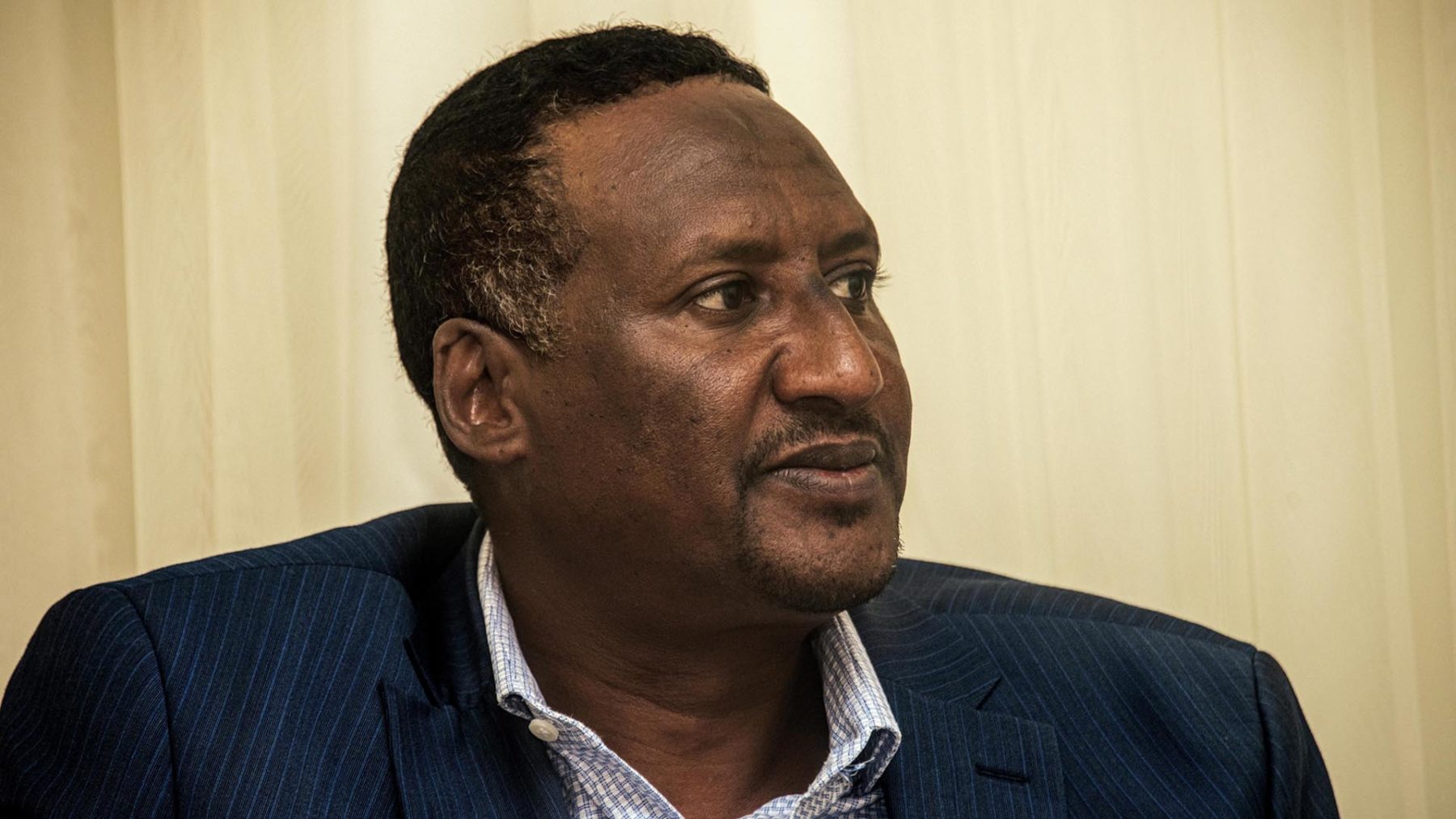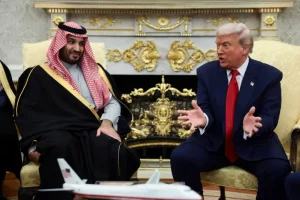Could the Sahel finally break free from the CFA franc?

In a bold bid to redefine regional integration and economic independence, the Alliance of Sahel States (AES) has unveiled plans on 23 May to deepen economic cooperation, including the creation of a common currency.
This move was announced in a high profile ministerial meeting in Mali’s capital city of Bamako.
As reported by Africa News, this marks a significant shift from the alliance’s original security focus to a broader, more ambitious economic agenda.
Officially launched in January 2024, following a coordinated withdrawal from the Economic Community of West African States (ECOWAS), the AES emerged as a response to what its members viewed as overly punitive policies by the West African bloc. The alliance represents a rare moment of political unity in the Sahel, aiming to construct an alternative regional framework that prioritizes increased economic autonomy and intra-African solidarity.
The alliance is rooted largely in a volatile status quo of regional instability, persistent security crises, as well as rapidly deteriorating trust in traditional regional institutions.
AES has since then set out to construct an alternative economic space, grounded in a shared optimism and ambition for greater control over development levers. Concrete steps to accelerate regional economic integration include the development of a joint passport as well as the implementation of a standardised 0.5% customs duty on imports from non-AES countries. These initiatives reflect a growing ambition to foster economic self-reliance and shield domestic markets from external pressures.
A major milestone in this direction is the establishment of the Confederal Bank for Investment and Development (BCID-AE) marking a major turning point. Boasting an initial capital of 500 billion CFA francs, the bank has announced its aims to support local industrialisation and to contribute to the financing of vital infrastructural projects.
The creation of the BCID-AE has reignited discussions around the possibility of a unified Sahel currency, a long-standing aspiration among pan-Africanists. While still in the exploratory phase, such a move could significantly reduce dependence on the CFA franc and its ties to external monetary controls, particularly from its former French colonial masters.
International economist Magaye Gaye applauds this move for increased economic sovereignty by African policy makers, stating that “economic policy foundations must be redefined: harmonising taxation and budgets and correcting chronically negative trade balances”.
Signaling optimism on the horizon, Gaye asserts that “these three countries alone represent 75% of the WAEMU’s landmass and 50% of its population, a significant critical mass.” However, he also cautions for the three nations to establish credible good governance practices and to secure necessary strategic partners such as China, BRICS, or African sovereign wealth funds.
While the road ahead remains fraught with uncertainty, the AES’s emerging economic blueprint suggests a region actively reimagining its future development, grounded in hope and self-determination.
Africa News/ Maghrebi
Want to chase the pulse of North Africa?
Subscribe to receive our FREE weekly PDF magazine












